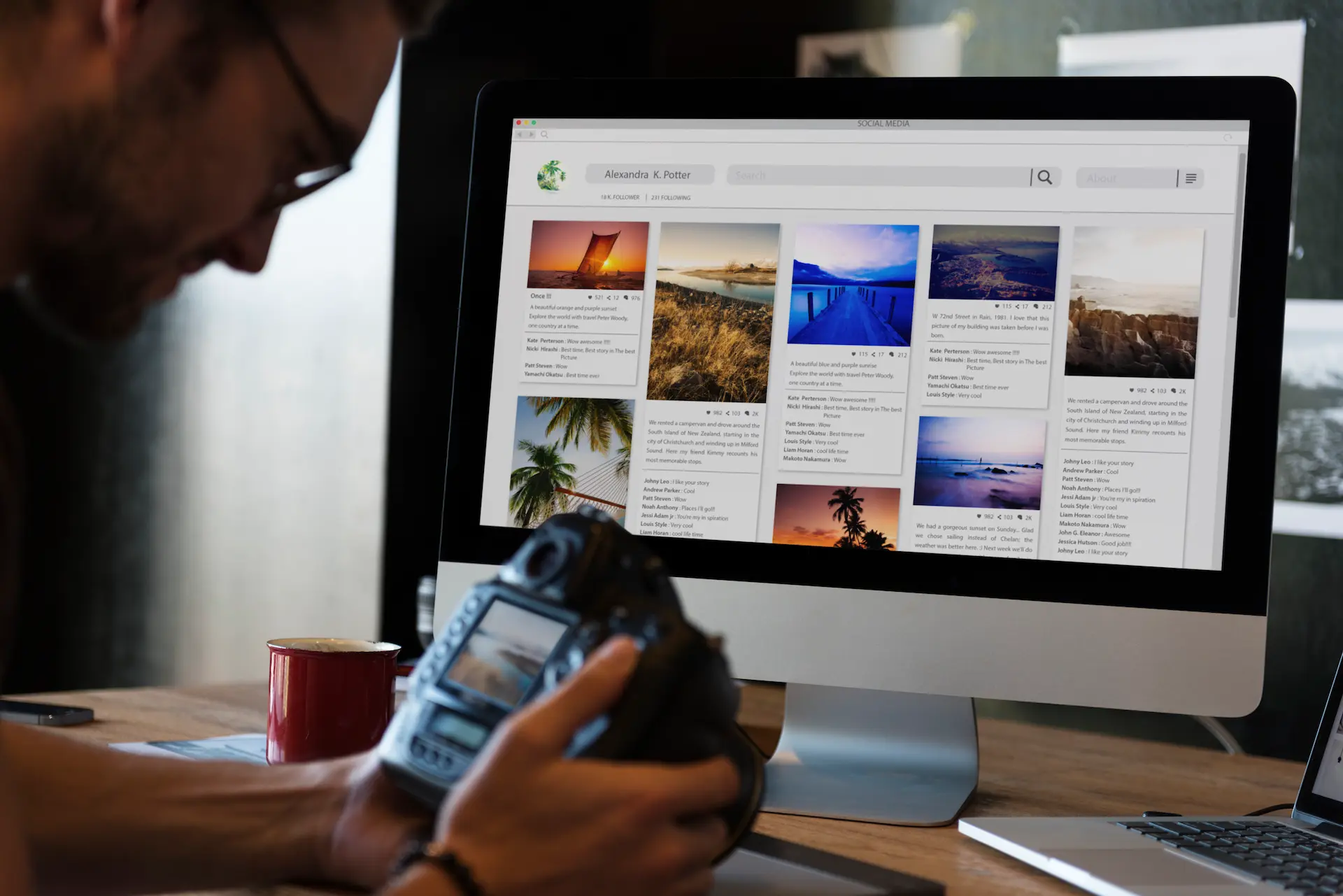
How is AI impacting the...
April 5, 2024




In the dynamic online world, banner advertisements, also known as display ads or banner ads, are pivotal in grabbing your target audience’s attention and driving brand awareness. While these banner ads have been around for years, they continue to serve as captivating digital billboards for website visitors, allowing marketers to convey targeted messages across strategic platforms.
However, with numerous types of banner ads—each with unique uses, characteristics, and benefits—it can be difficult to understand your options and use them effectively. To help your next display ad campaign succeed, let’s walk through the ins and outs of banner advertising, from the different types to the best practices.
Banner ads (or display ads) are defined as visual adverts placed on websites that your target customers are likely to be browsing. Banner ads are designed in a variety of ad formats and sizes, and they contain everything from text and images to animations, video, and audio. Banner advertising often works effectively with pay-per-click advertising, driving relevant and targeted traffic to your website and keeping your business at the front of consumers’ minds when they are searching online.
Website ads or banner advertisements have become ubiquitous in this digital age, and it would be a wasted opportunity for marketers not to make the most of them. An advantage of online ads is how easily their effectiveness can be measured through click-through rates.
Banner commercials are widely recognized as one of the only tools corporations use to sell their services and products. They provide a plethora of blessings for groups of all sizes, from growing brand reputation and visibility to attracting new customers and generating measurable consequences.
Suppose you’re a commercial enterprise marketer considering imposing a banner ad campaign. In that case, it’s important to apprehend the one-of-a-kind forms of banner ads to be had and their respective benefits and disadvantages.
A banner advert is an online advertisement designed to grab the viewer’s attention and inspire them to click on it. These advertisements are generally discovered on websites and apps that show advertising and are positioned in outstanding places, including close to the pinnacle of the web page (but underneath the internet site header), inside the sidebar (particularly the right-hand aspect), interspersed inside the predominant content material, or constant at the bottom of the browser window.
Banner ads are created to direct visitors to important net pages, along with product pages, and to generate conversions, including purchases, form submissions, or app downloads. They are referred to as show marketing or internet banners and are virtual advertisements that appear on web pages. They commonly include a small quantity of textual content and an image or video (which includes a GIF or JPG) to interact with the viewer and inspire them to do so.
The ad placement can be on the pinnacle, bottom, or aspect of the web page, taking over only a small amount of area (normally half a web page at maximum). A nicely designed ad can entice and interact with clients, leading to extra leads and conversions for your brand or enterprise.
Banner ads are static or animated pixels that are displayed next to the internet site or app content, generally selling a brand’s products or services. The primary aim of the banner ad is to sell, power visitors to the advertiser’s digital channels (which include their website or social media), increase logo attention, or achieve other campaign desires.
In brief, a banner advert is like a digital billboard or vinyl banner that you might see in town. These ads are typically placed in high-site visitor regions on the writer’s page or app, where visitors are much more likely to notice them.
Banner advertising is a process in which publishers who want to monetize websites are matched with advertisers who want to reach publishers’ audiences Digital advertising platforms are widely used by businesses to distribute ads through display networks, which are groups of websites. For example, Google Advertising provides access to the Google Display Network of 35 million digital properties.
Other digital advertising platforms include Meta Ads, Microsoft Ads, Amazon Ads, and APOM. The platform you choose determines where you can advertise, what types of ad formats you can use, your audience targeting options, and much more. That’s why it’s important to do your research before choosing a platform.
In banner advertising, there are three primary parties involved: the host, the display ad network, and the advertiser. For instance, if you’re using Google Ads as a display network, they will act as the middleman, connecting you to specific hosts and using marketing metrics to determine where and how to display your ads.
To distribute advertisements, both the display ad network and the host site will charge fees. Google Ads uses a real-time auction for programmatic bidding to pay for ad space during the time it takes for display advertisements to load. Display networks commonly use one of three methods to calculate the payment for host sites:

Display advertising is a marketing strategy that uses visually attractive banners, text, images, or videos on various online platforms like websites and social media channels. The main aim of these ads is to grab the attention of viewers and encourage them to explore the products or services offered by the advertiser.
To execute display ad campaigns, advertisers often use ad networks like Google Display Network (GDN) or Facebook Audience Network. These networks help reach specific target audiences and select the most suitable ad formats for optimal performance.
The size of an ad plays a crucial role in its effectiveness. The ad’s dimensions determine how effectively it can convey the intended message to the target audience. For example, ads with dimensions of 160 x 600 pixels may not be suitable for campaigns requiring extensive messaging due to space limitations.
While ad networks offer various dimensions, certain banner sizes tend to attract higher click-through rates and revenue-generating potential. This highlights the importance of choosing the appropriate size for achieving success in your campaign.
Banners come in various sizes, with some being more common than others. These standard sizes are crucial for successful online and print advertising campaigns.
While this article explores popular web and print banner sizes, several factors influence your choice, including:
Print banners can be displayed horizontally or vertically, allowing for flexible usage. Experiment and track results to determine the most effective banner sizes for your specific campaigns and target audience.
Understanding banner ad sizes is essential for optimizing the impact of your Google Display Network campaigns. Here’s a comprehensive breakdown of the most prevalent options, accompanied by their advantages and disadvantages:
Although small squares offer adaptability for confined spaces, their size limitations often result in cluttered visuals and diminished impact, making them less favored by publishers and advertisers alike.
This format provides slightly more room than the small square, but its dimensions may still restrict its effectiveness for many businesses.
Similar to the leaderboard, the banner flaunts a wide format, typically positioned above navigation bars or within content sections. Nevertheless, its smaller size may impede its performance.
As a highly recognizable format, the Leaderboard frequently occupies prime real estate above website navigation bars, especially on forums. Its ample size ensures excellent visibility and often captures viewer attention swiftly.
Also recognized as the “Medium Rectangle,” this size is a popular choice for numerous businesses due to its versatility. Strategically placed within sidebars or amid content, it holds promise for audience engagement.
With a balanced size suitable for effective sidebar and content integration, the Large Rectangle commands attention and is widely adopted by publishers.
Tailored for sidebars, Skyscrapers excels at showcasing vertically oriented content. Their slender width enables them to snugly fit into areas where broader options would not, ensuring consistent ad impact.
Serving a similar purpose to the Skyscraper, the Wide Skyscraper offers enhanced size and visibility in sidebars, establishing a more prominent visual presence.
Leveraging its substantial size, the half-page ad demands considerable viewer attention by occupying nearly half the webpage. This format suits scenarios aiming for heightened engagement.
Considerably larger than the standard leaderboard, this format provides ample space for captivating content and interaction.
Here are some official recommendations from Google to help you craft and optimize effective banner ads:
By comprehending the different ad sizes and implementing these invaluable tips, you can enhance the effectiveness of your Google Display Network campaigns and effectively engage your target audience.
Leveraging Facebook ads effectively means ensuring your advertisements are perfectly tailored to catch the eye of the right audience. With over 2 billion monthly users on Facebook, the potential reach for your ads is vast. However, the key to making a memorable first impression lies in choosing the optimal ad size. Hours of creative effort can go to waste if the ad dimensions are mismatched.
Here are the ideal sizes for various Facebook ad formats, including video ads:
To further enhance your Facebook marketing efforts, consider these strategies:
By adhering to these recommended ad sizes and employing strategic marketing tactics, you can maximize the impact of your Facebook advertising campaigns.

Designing banner ads that capture attention and drive performance can be a complex task. Whether you’re tackling the project yourself, seeking professional assistance, or utilizing online tools, here are essential strategies to enhance your ad’s effectiveness:
Avoid the temptation to overload your ads with too much information. A cluttered design can overwhelm and deter viewers. Instead, aim for a clean, focused presentation that highlights your offer and motivates clicks. For instance, Join.me’s approach with a minimalist background, striking font, and a standout call-to-action (CTA) button exemplifies the power of simplicity.
Images are pivotal in capturing immediate interest. Employ striking visuals, whether illustrations or photographs, that align with your product or message. Examples like Red Bull’s brand-centric illustrations or the iPhone X’s product imagery, paired with clear CTAs, effectively use visuals to boost brand recognition and prompt action.
CTAs are the linchpin of converting ad views into website traffic. Design these buttons to pop—using bold, contrasting colors—and position them where they naturally draw the eye. Consistency in your CTA’s appearance across all ads reinforces your message.
Your ad’s text should be succinct yet informative, ideally combining an engaging headline with supportive detail. Successful ads feature an enticing headline, followed by content that elaborates on the offer. A vague or convoluted message will fail to connect with your audience. Clear, straightforward language is paramount to maintaining viewer interest and conveying your brand’s value.
Shift away from Flash in favor of HTML5, static JPEGs, or GIFs for your banners. Flash’s heyday has passed, marred by security issues, sluggish load times, and negligible SEO advantages. Modern formats promise better functionality and broader compatibility.
Achieving mastery in banner ad creation requires practice and a nuanced understanding of design principles. Consulting with professionals can provide valuable insights and help you craft campaigns that resonate with your target audience.
Remember, banner ads are not just about visibility; they’re an integral part of your brand’s narrative. Integrating them thoughtfully into your marketing strategy can significantly expand your reach. Additionally, complementing your ads with a robust content marketing plan can amplify your online visibility.
Now, we’d love to hear from you! Share your own experiences with paid advertising in the comments below.